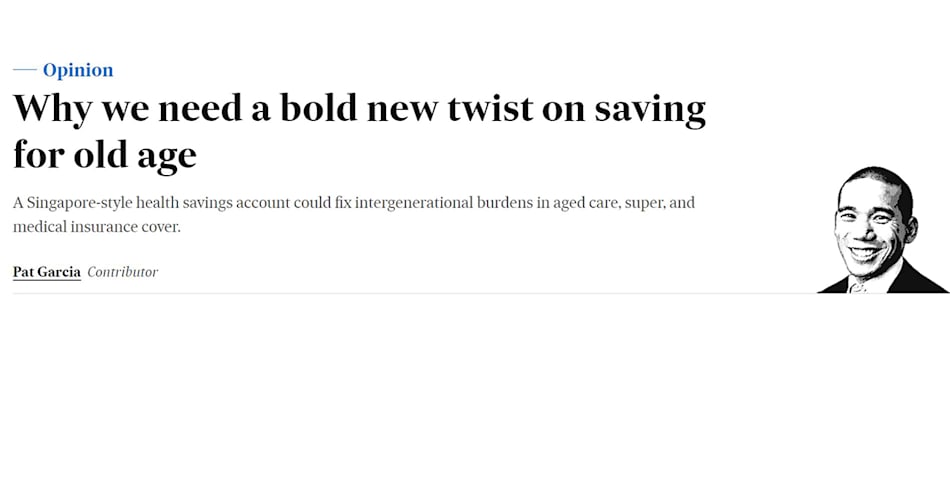Pat Garcia has penned his third editorial of the year for the Fin Review – and we’re sensing a theme here.
The CEO’s earlier pieces in January and July called for the wealth in the family home to be unlocked to pay for aged care.
Now post-Federal Budget, Mr Garcia says it’s time for the Morrison Government to “start getting creative” on aged care funding.
Noting that the Government is unlikely to commit to an increase in income taxes, the CEO points out – again – that changing the means testing arrangements for the family home still offers the most obvious way to foot the bill.
“In a perfect world we could leave housing wealth untouched, as people obviously like to keep it to pass on to their children. But when the alternative is to slug every other Australian with higher income tax, a more balanced approach may be necessary,” he writes.
Many older Australians won’t have a family home to draw down on
He recommends measures to make it easier for older Australians to draw down on the value of their home, for example, making the Pension Loan Scheme (PLS) more attractive with better rates.
However, Mr Garcia also recognises a growing problem – that many older people won’t be going into retirement with major housing wealth.
“Public funding will need to keep playing a significant role, but there are other options for the government to consider. Bundling a range of thorny issues – private health insurance, superannuation, and aged care – may create the opportunity for historic reform,” he says.
Health savings accounts to meet expenses later in life
He suggests directing young people away from paying for private health insurance to placing a portion of their income into health savings accounts attached to their superannuation to meet their health expenses – including aged care needs – later in life.
“It would free up public funding to focus where it is most necessary: on the poor and disadvantaged. It would provide inherent incentives for people to adopt more healthy lifestyles, as individuals would gain financially from self-investment in prevention,” he explains.
“And HSAs would force healthcare providers to recalibrate to meet the needs of patients, rather than of government or insurance companies. Such a consumer-driven system with operational price signals would enable providers to compete for market share by improving quality and lowering costs.”
Singapore spending just 3% of GDP on health compared to 8% global average
Mr Garcia adds that the system has already shown signs of success in Singapore, where a medical savings account system was introduced in 1984 and seen health expenditure drop to 3% of GDP compared to the global average of 8%.
“Saving during your working years for your retirement, your healthcare and your aged care makes sense,” he concludes. “Of course, this would represent the most ambitious healthcare reform agenda since Medicare was introduced by the Hawke government. But a new age of big ideas is approaching fast.”
It certainly is a big idea – and one we wonder if the Royal Commission has considered.
Regardless, the message is clear – Australians must be prepared to pay more for a quality aged care system.










